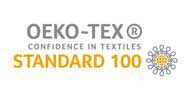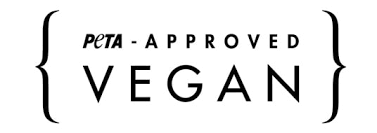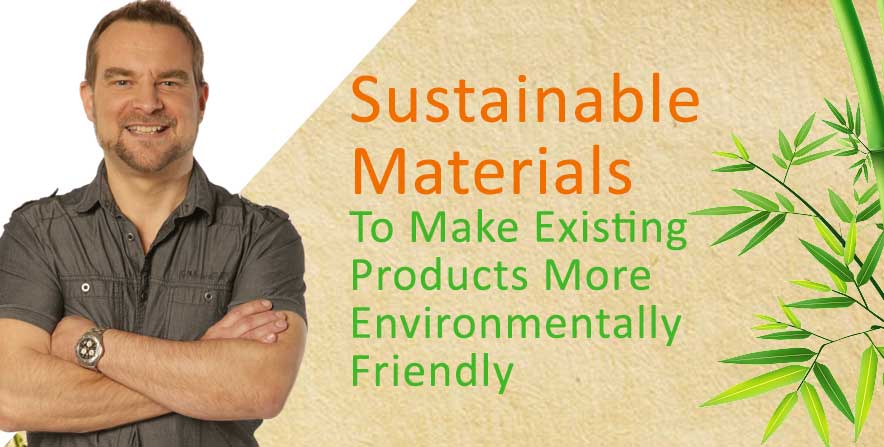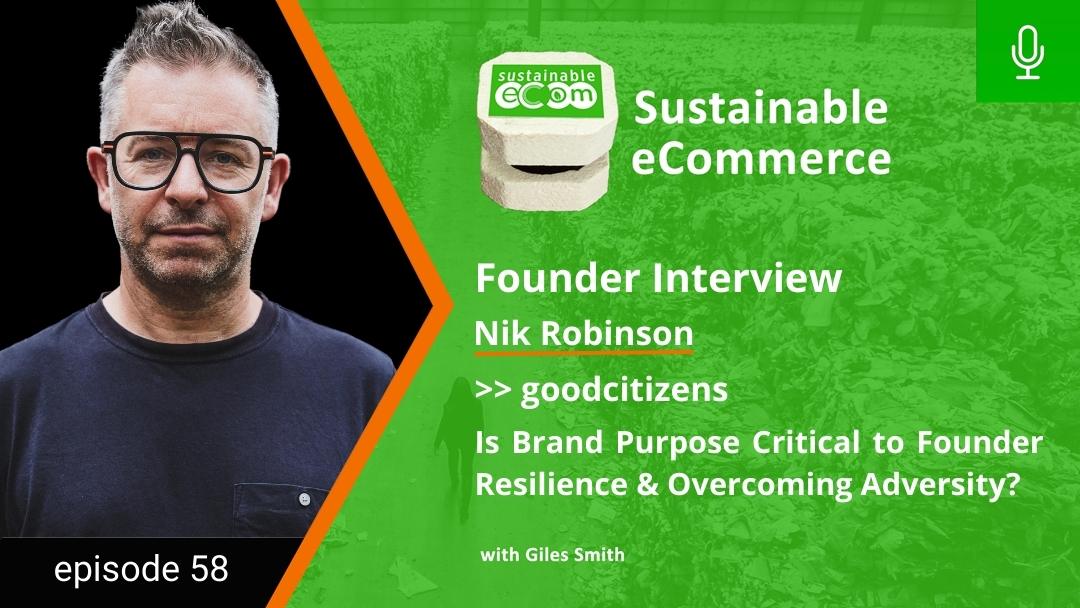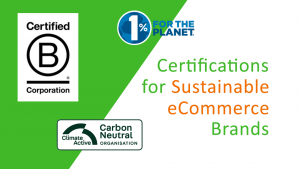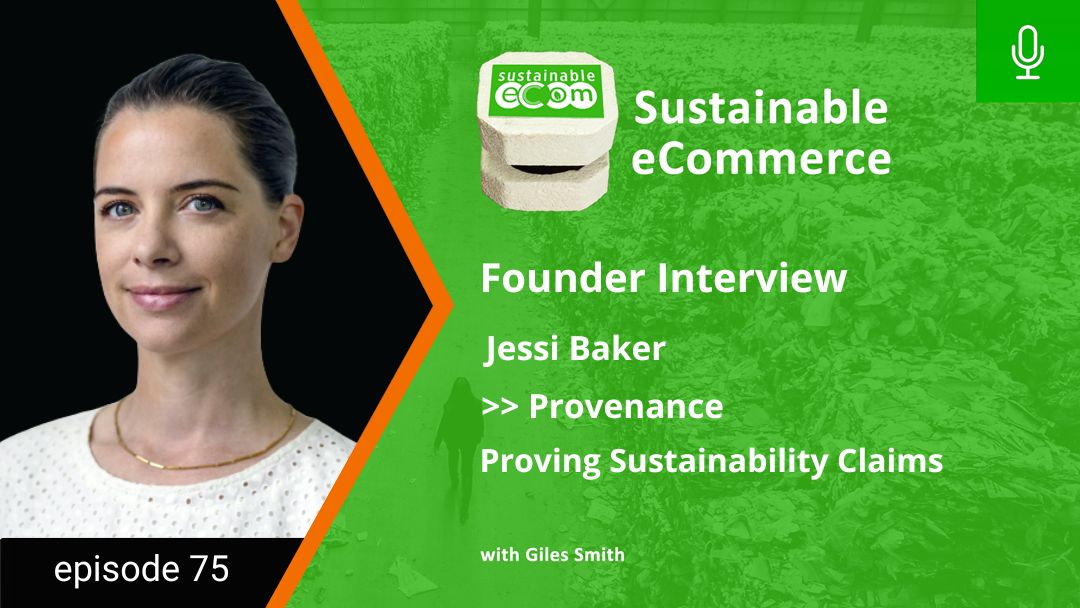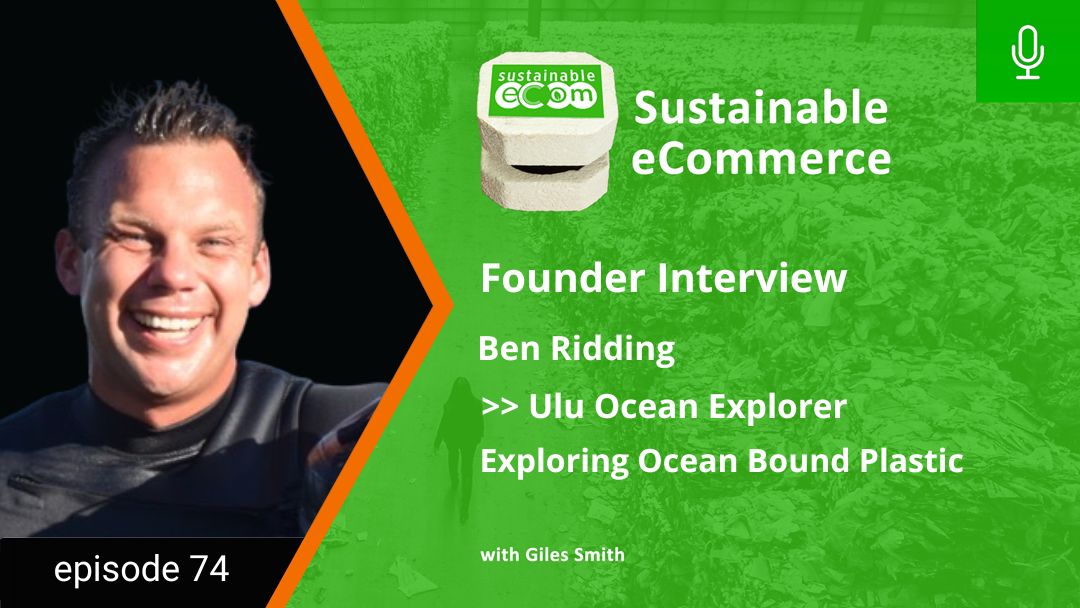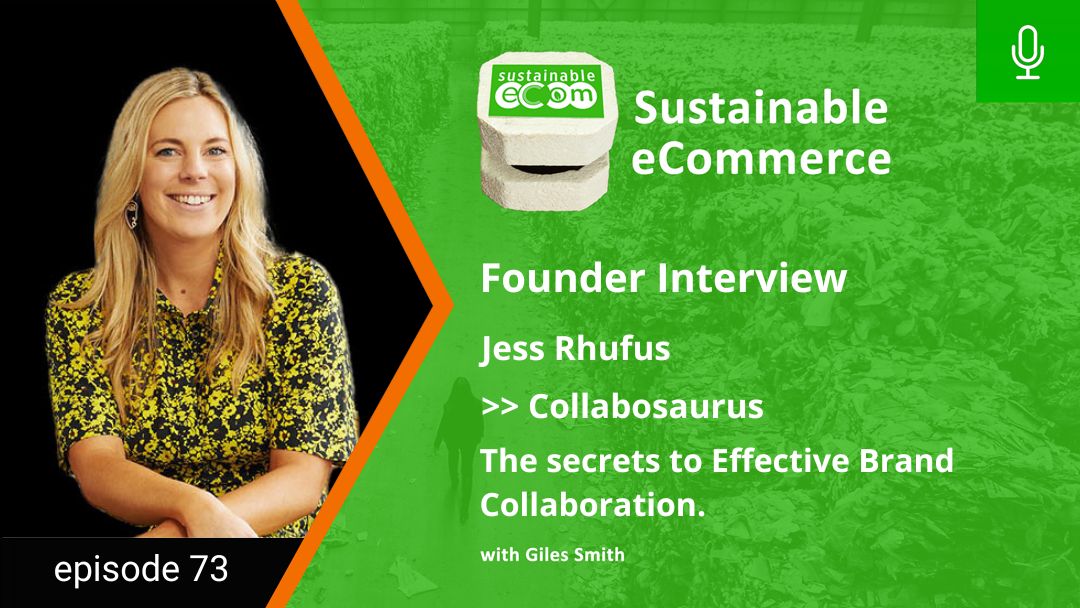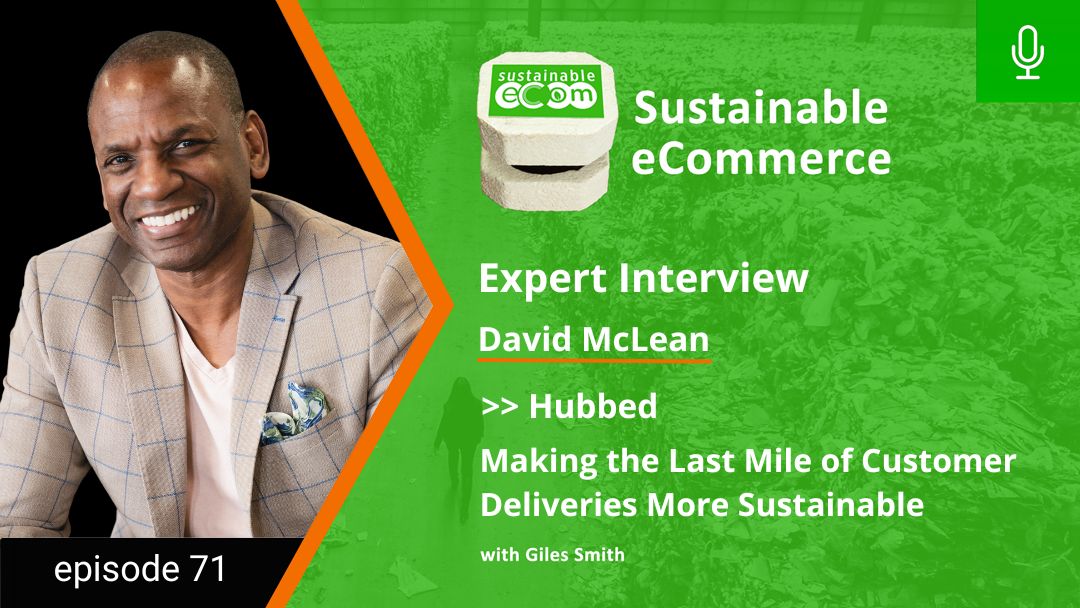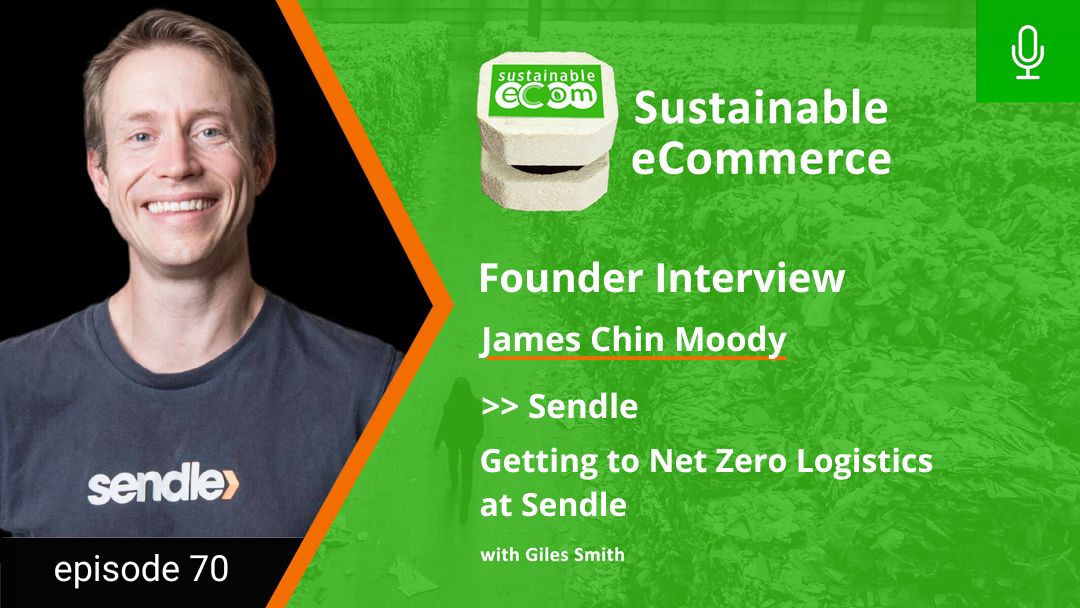With COP26 recently completed, sustainability is front of mind for many western consumers, even if we are lagging behind here in Australia. In fact, in a recent study conducted by CouriersPlease, as many as 90% of Australia consumers are more likely to purchase products made from sustainable materials. If your brand is currently making products all or in-part from non-sustainable materials, you may be wondering how you can transition and meet the growing expectations of your audience.
Here we review four interesting organic and sustainable alternatives to plastics, leather and materials such as nylon. With information you can start charting a pathway to a more sustainable brand, without having to re-invent from the ground up.
Sustainable Material #1: Cork

Cork is basically the bark of the cork oak, commonly found throughout the Mediterranean region. As a natural product, it has been used in consumer products for hundreds of years. Classically, the ‘cork’ in wine bottles. Today, most of the world’s production still comes from the Med, around 60% from Spain and Portugal alone.
Cork is superb as a sustainable material! Harvesting doesn’t harm the trees, which can live for up to 300 years and be harvested every 9 years. It’s 100% organic, requires no toxic chemicals to process, and is fully biodegradable.
For our purposes as product makers, it’s also a very versatile material. The honeycomb-like cell structure confers elastic properties similar to memory foam. It springs back into shape even after long periods of compression. That makes it great for bottle stoppers, but also products like the soles of shoes and spongy floor coverings for children’s play areas.
Its also durable & impermeable. It contains a natural hydrophobic oil called Suberin, which also reduces the growth of mold & mildew. When sliced out, the dense middle layer of cork can be turned into a tough fabrics, often called ‘cork leather’. This is great (and vegan) alternative to animal or PU leather, and can be used in products like shoes, handbags, backbacks and wallets.
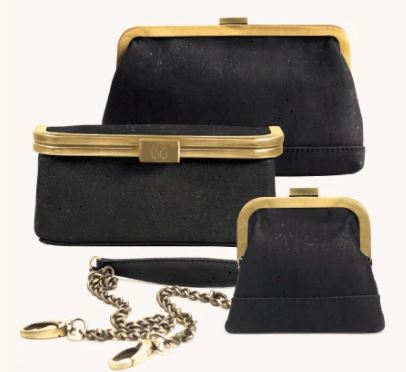
Last but not least, its open structure makes it it’s an incredibly lightweight material and insulating material. At just 240 kg/m3, its nearly 4X lighter than animal leather, making it lighter to wear and lighter to ship! Its ideal for marine floatation uses, like children’s swimming aids & fishing floats.
Ensuring It's Sustainable
The good news is it’s hard to fake cork! If you’re thinking about using it in your products, make to source from a responsible supplier certified by the Forest Stewardship Council. That’s the global not-for-profit most widely recognised as setting the standards for environmental and social responsibility in forest management.
Sustainable Material #2: Bamboo
Bamboo is a fast-growing woody grass. Capable of maturing to harvest in just 3-5 years, its much faster than other hardwood products making it very economical to grow! Once harvested, the root base remains in the ground and quickly sprouts new shoots, regenerating the next crop.
From an eco-perspective, bamboo produces 35% more oxygen than typical tree-mass, and absorbs remarkable 12 tonnes of CO2 per hectare every year, which is about 6X as much as a continuous canopy forest!
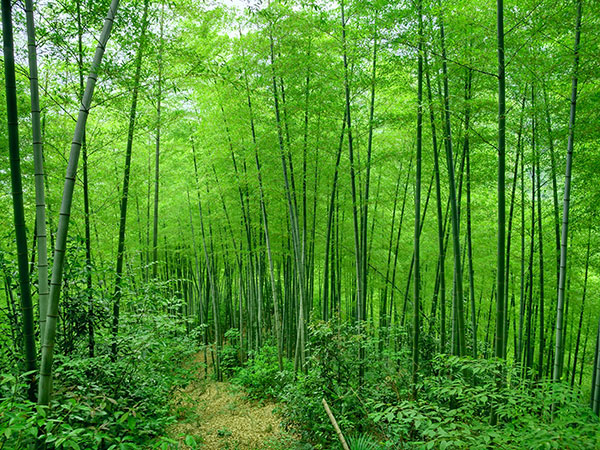
Bamboo straws have hit the public consciousness in the past couple of years thanks to plastic straws becoming public enemy #1. However, bamboo is probably best known for its soft and stretchy processed fabric (bamboo rayon) used in all sorts of consumer products from towels to activewear, underwear & socks & pillows.
The exterior woody coating is lightweight and extremely durable & shock-absorbent. That makes it a great alternative for plastics like polycarbonate and rubber in products such as mobile phone / cell phone cases, & keyboards. It is also a more sustainable alternative for products typically made from wood, including furniture and kitchen items like chopping boards, bowls and utensils.
Ensuring It’s Sustainable:
As you would probably expect, China is by far the biggest source of Bamboo. South east Asia (notably Vietnam) playing catch up, with regions in India now also actively growing bamboo crops.
Unfortunately, just because it’s a sustainable material it isn’t guaranteed to be environmentally friendly. Forest conversion, pesticide usage and over-exploitation are common problems with the core supply. Once again you should seek supply from FSC-certified producers only. Many Chinese factories are also pumping out fake bamboo products to cash-in on the rising popularity of the product.
If you’re looking to use bamboo fabric, be aware that while the crop is sustainable, the processes used to turn the fibres into fabric may actually be harmful to the environment.
Bamboo Linen is the ‘lowest grade’ fabric suitable for outer garments, rough linens, furniture coverings etc. It’s produced only by mechanical processes with no chemical waste. As such it’s pretty ‘green’.
If you’re making activewear, underwear etc you’re probably looking for Bamboo Rayon for a softer fabric.
Unfortunately, that has a dark side.
Creating rayon from bamboo fibre is essentially a chemical process, using caustic soda and carbon disulfide to transform the natural fibres into the stretchy rayon. Typically, the water used from this process is not recaptured, and dumped back into groundwater, along with the contaminants. Currently there are no certifying bodies controlling the responsible disposal of these chemicals, and the majority of bamboo fabric is generated from these processes.
Lyocell Bamboo is a much ‘greener’ option. While it is in essence the same process as traditional rayon fabrication, the water is recaptured and re-used in a closed-loop cycle, significantly reducing the environmental impact. Lyocell Bamboo is probably best known under the brand Tencel by Lenzing Industries. They offer a great tool to help you find certified suppliers for their product to ensure it really is made in a closed-loop environment.
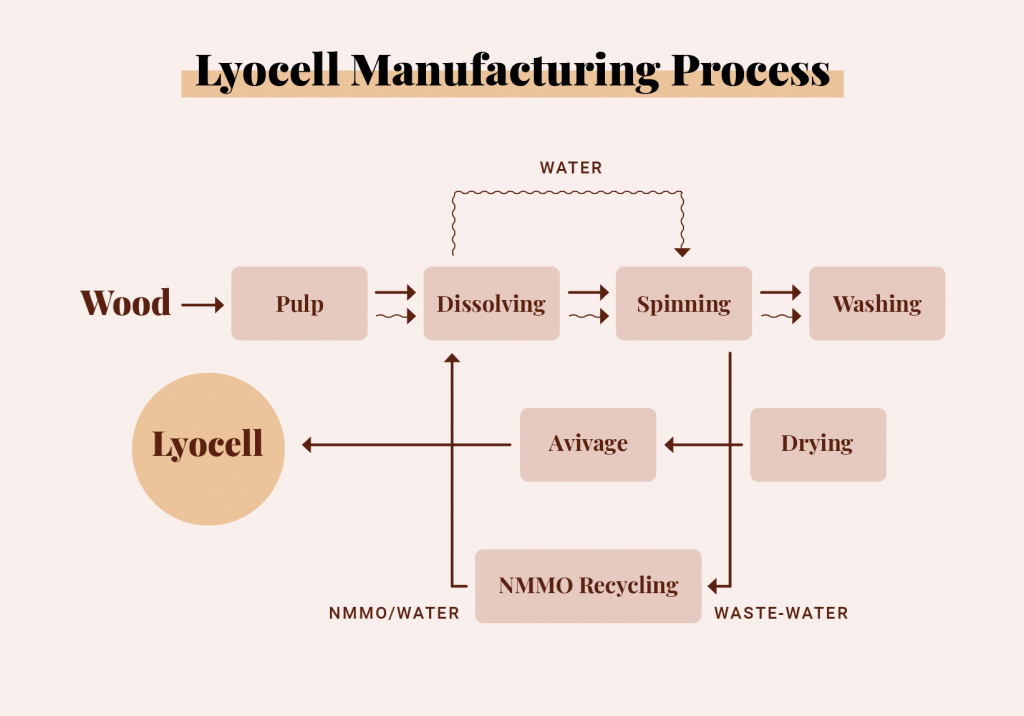
Image Courtesy of Seamwork
A word on Micromodal.
Micromodal is another type of rayon manufactured from sustainably-sourced wood (typically Beech, not Bamboo). Because the fibres are much smaller than typical rayon, it has the softness of silk as well as superb moisture-wicking properties. Its doesn’t make it into this list of sustainable organic alternatives for several reasons. Firstly, while the process of making micromodal is similar to rayon, it is more chemically intense, resulting an in inorganic fabric. Secondly, unlike the Lyocel process, it is not closed loop resulting in more ecologically-damaging by-products. For a more detailed run down of micromodal, check out this article.
Sustainable Material #3: Hemp Fabric
It sounds like a lot of fun to make or wear hemp fabric, since it’s made from the same species of plant as marijuana. However, hemp grown for textile purposes is engineered to have very low concentration of THC (the active ingredient in cannabis), so your customers won’t get high from wearing your products.
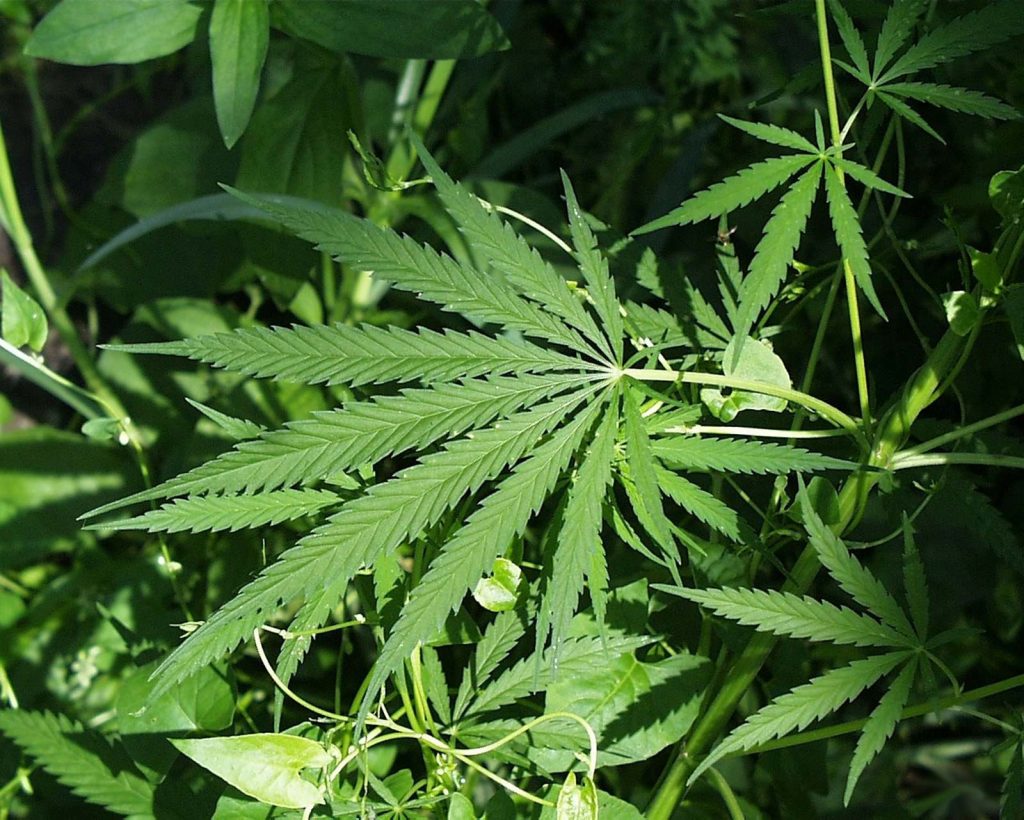
Joking aside, the fact that it does come from the same plant can cause problems for your promotions – Facebook and Google both routinely shut down ads for hemp, and it can get you banned off their platforms, so be warned!
That being said, hemp is certainly a natural and sustainable material. It grows quickly, requires little water (about half as much as cotton), and tends to choke out other plants meaning it requires little or no herbicide, pesticide or fertiliser.
There are plenty of great Australian brands using hemp fabric extensively in their collections, including Good Studios and the ground breaking custom manufacturer Citizen Wolf
Ensuring Its Sustainable
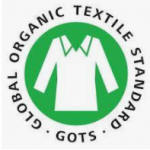
Just because Hemp can be grown organically and sustainable, doesn’t mean it has been. You should look for GOTS certified hemp when working with this material.
The linen-like retted hemp is a coarse fabric that is mechanically produced and therefore has few chemical by-products. As a separate material, it’s also biodegradable.
However, hemp is often used as rayon, which has all the same issues as we discussed for viscose bamboo, and frequently used by materials manufacturers mixed with other fabrics including cotton and some synthetics. Make sure you clearly understand what you’re buying!
Sustainable Material #4: Organic Vegan Leather
Most of the easily available ‘vegan leather’ options are made from polyurethane or PVC, both are petrochemicals and most certainly NOT sustainable. However, plant-based leather products are becoming more widely available. Aside from cork leather mentioned earlier, there are a couple of rising stars you should be aware of.
Cactus Leather
Made from the Nopal Cactus (aka Prickly Pear), cactus leather is a truly sustainable material. Mature leaves can be harvested from the living plant about every 8 months. Perhaps most spectactularly, cactus farms are absolutely CO2 processing machines.
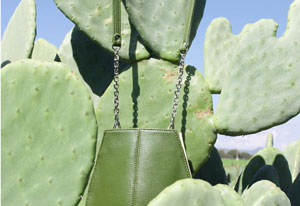
Desserto, the worlds leading producer of Cactus Leather claims their small 14 acre farm traps 8100 tonnes of CO2 per year! Roughly translating to the hectare measurement we used for Bamboo, that’s a staggering 1429 tonnes per hectare per year – over 1000X more than bamboo!
Considering that it’s solar dried & heat pressed to form, and its fully compostable / biodegradable at end of life, you have the makings of a spectacular sustainable material!
Based in Mexico, Desserto can supply raw material as well as help you make custom products in their factory.
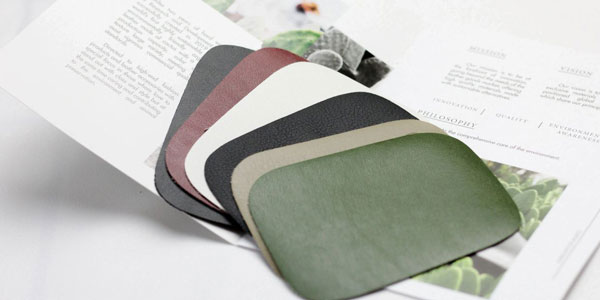
Piñatex / Pineapple Leather
Made from pineapple leaves usually considered a crop by-product, pineapple leather has very similar properties to cactus leather. The product has been pioneered by Philippines based Ananas Anam, using closed loop processes without the need for chemical processes.
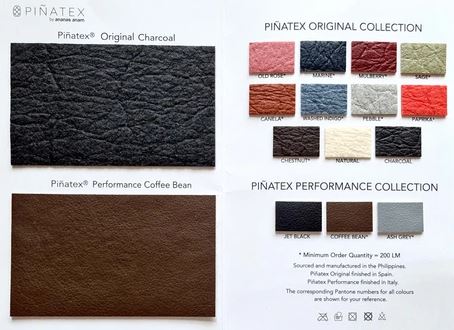
Ensuring Its Sustainable.
Both of the vegan manufacturers above carry certifications from PETA (People for the Ethical Treatment of Animals) and Oeko-Tex textiles standards.
